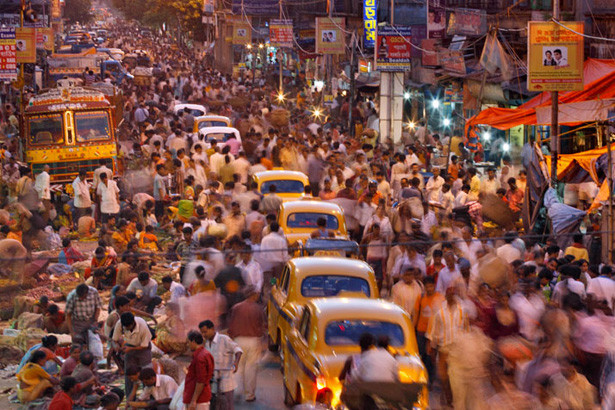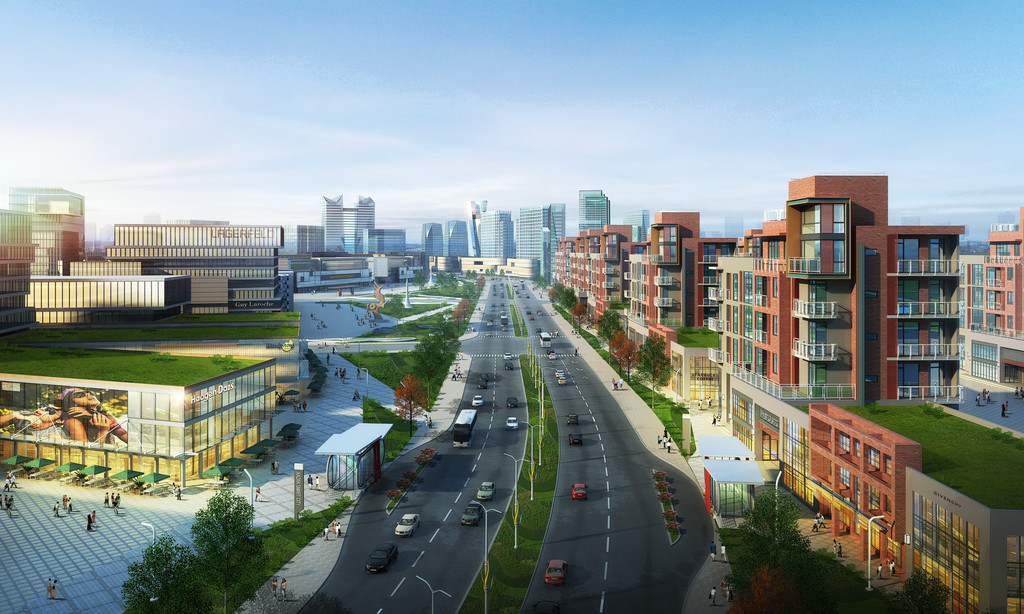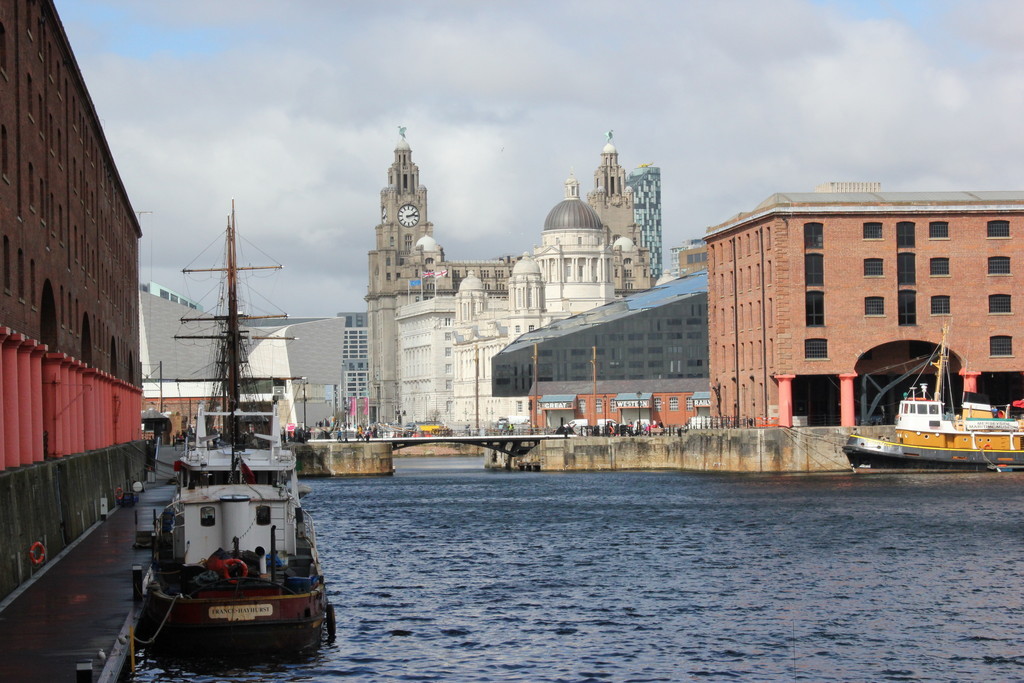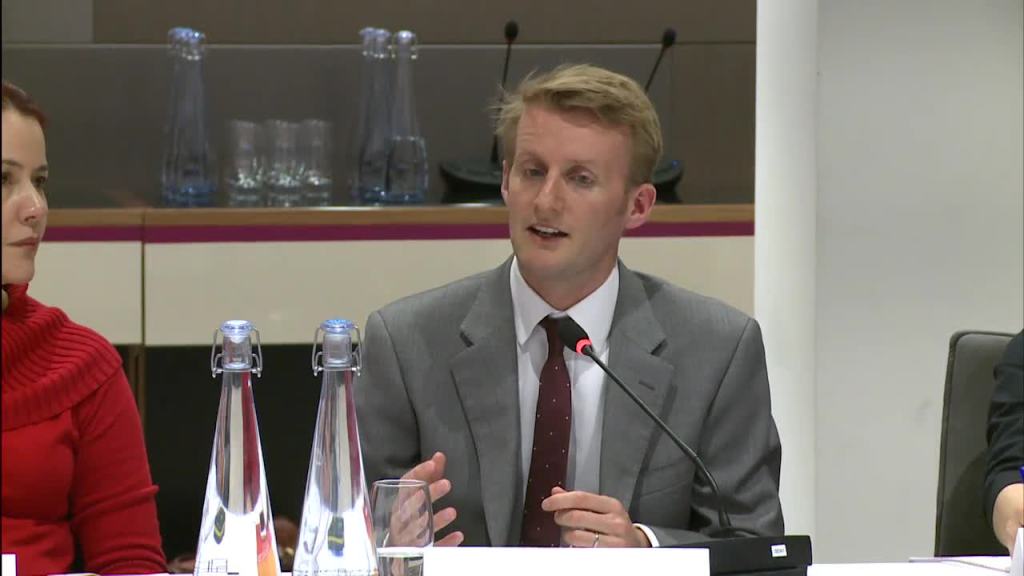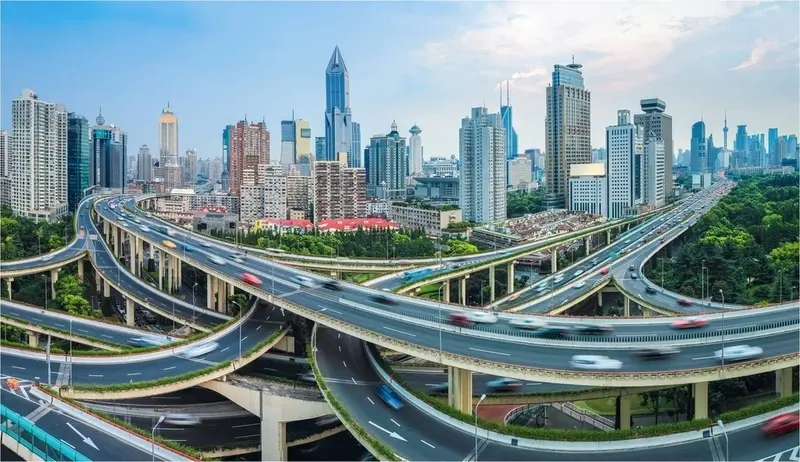
We've be hearing about smart cities for years and while progress has undoubtedly been made, it has tended to come incrementally rather than in a seismic shift sort of way. Yet intelligent kit, devices and networks experts remain convinced about the potential for super-connected, super-analytic, super cities to improve the quality of life for billions of urban dwellers. Here, PriceWaterhouseCoopers (PwC) specialist Daniel Dowling, the group's assistant director of urbanisation, climate and development talks through his own personal vision of the future city.
Making better lives for the world?s next two billion people
In 2015, 85% of global GDP was generated in cities. In fact for millennia, cities have been our centres of economic activity, drivers of growth and bastions of productivity. The possibilities offered by cities now attracts 1.5 million people each week hoping for work. We will invest $78 trillion in infrastructure over the next 10 years alone to accommodate this urban growth.
Developing countries will need to accommodate two billion new urban citizens by 2050. To help us do this well, we need to embrace the idea that cities can be a silver bullet for many of the world?s biggest problems, including poverty reduction, tackling climate change and sustaining inclusive growth.
Why cities are forces for good
No country has reached middle income status without urbanising, but cities are nevertheless often cast as villains. Images of traffic chaos, polluting industry, street poverty, crime and poor quality housing reinforce this. And the mass influx of hopeful people to cities has historically led some governments to attempt to turn the tide, which can result in the dislocation of families and economic exclusion.
How future cities could look
In contrast to this, by harnessing economies of scale, cities have a special ability to achieve more than the sum of their parts, adding value for both people and companies. This means they are more productive than other forms of economic structure by matching firms, sharing knowledge, ideas and honing pools of talent. Our greatest cities are also great places. They are our innovation hubs, creative forces and social integrators. In time they will be our environmental solutions too but they are not automatically forces for good and getting it right isn?t easy, or cheap, or quick.
The Spatial Economy
To make better decisions about urban growth we must visualise cities less as abstractions of infrastructure, technology and buildings, but also as physical expressions of the real economy and the needs of the people that live there. We intuitively understand for example that cities exist for a reason. Think of Liverpool as a global port at the turn of the 20th Century, twice the size it is today and shipping goods from the industrial north west of England to the world, or Istanbul and Dubai today as connectors of East and West.
Liverpool's King Albert Dock
But designing building and running cities is a complex challenge. In urban planning terms, higher densities, shorter distances and lower divisions are essential building blocks for economic success, however we have not made enough of our cities this way. To avoid making the mistakes of reactive urbanisation - that include sprawl in the US at a cost of $1 trillion per annum and pollution in China - we need a more effective framework for planning.
The concept of the 'Spatial Economy' (a rare but intuitive concept linking people, activity and place) helps us think about how infrastructure and cities can template efficient and connected growth. A well formulated spatial economic plan stimulates powerful agglomeration effects that act as multipliers to specialised city functions and economic scale.
A manifesto for better cities
As the growing population of the global south rapidly urbanises, cities can be our most powerful development tool. Better cities, planned through an understanding of the spatial economy, can avoid the costly mistakes made by developed nations. Through this approach, developing countries can hardwire competitive advantage by explicitly linking activity and place in their economic planning processes.
Ambitious developing countries and specifically Ethiopia has already adopted spatial economic planning as part of its national five year planning cycle to help foster inclusive economic development, enrich societies and strengthen environmental stewardship.
Taking action now is important because decision makers have a narrow window of opportunity in which to act. Emerging cities tend to have younger populations of a working age which potentially gives them access to a ?demographic dividend?. At the same time, the long-term nature of infrastructure investments mean that decisions made today will have a lasting impact. So, if most global urban development has been a consequence of growth, let?s acknowledge that we now have a chance to shape it.
Dan Dowling leads PwC's work on urbanisation and cities. He primarily works with country governments, cities and international organisations in Africa, the Middle East and Asia

